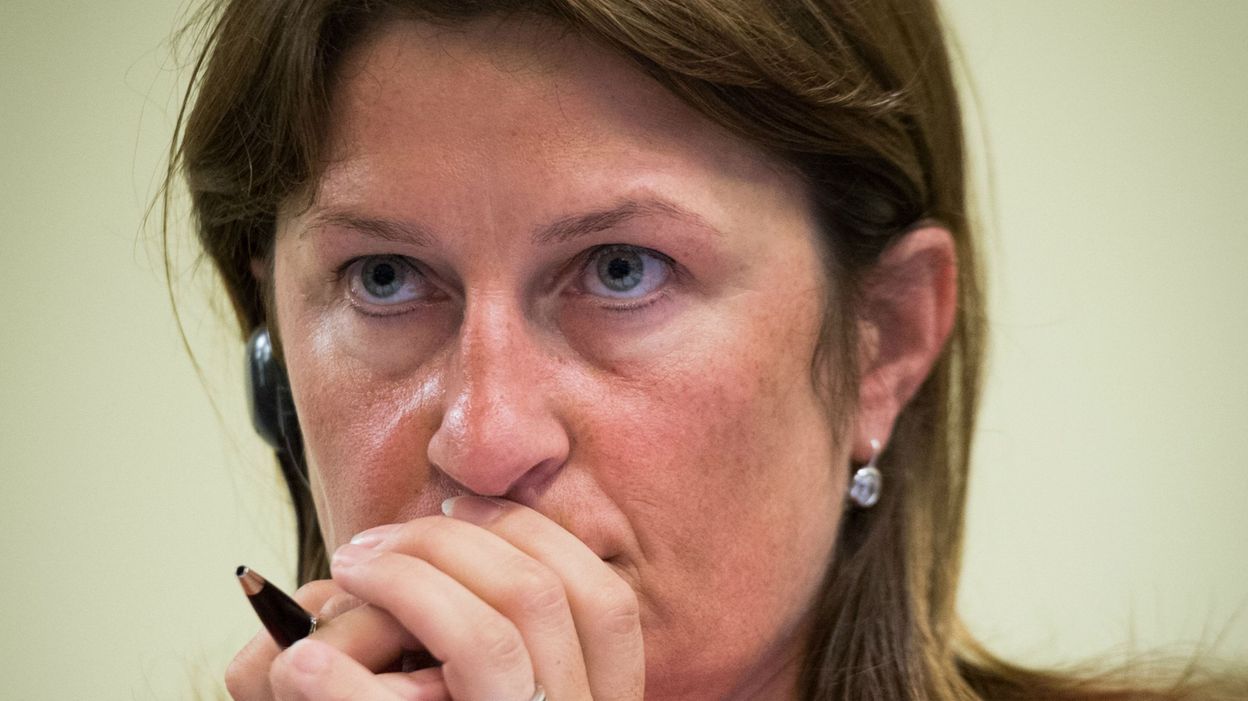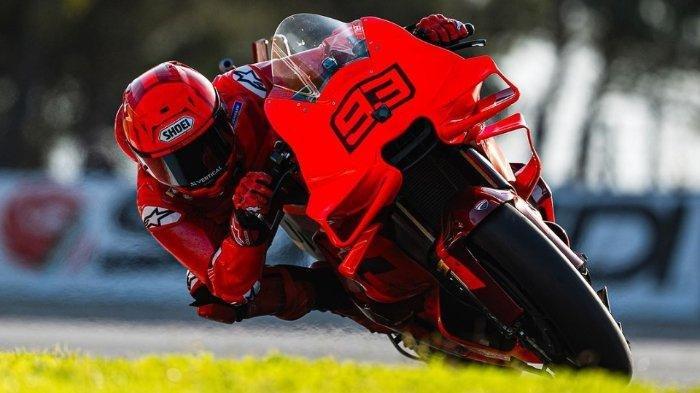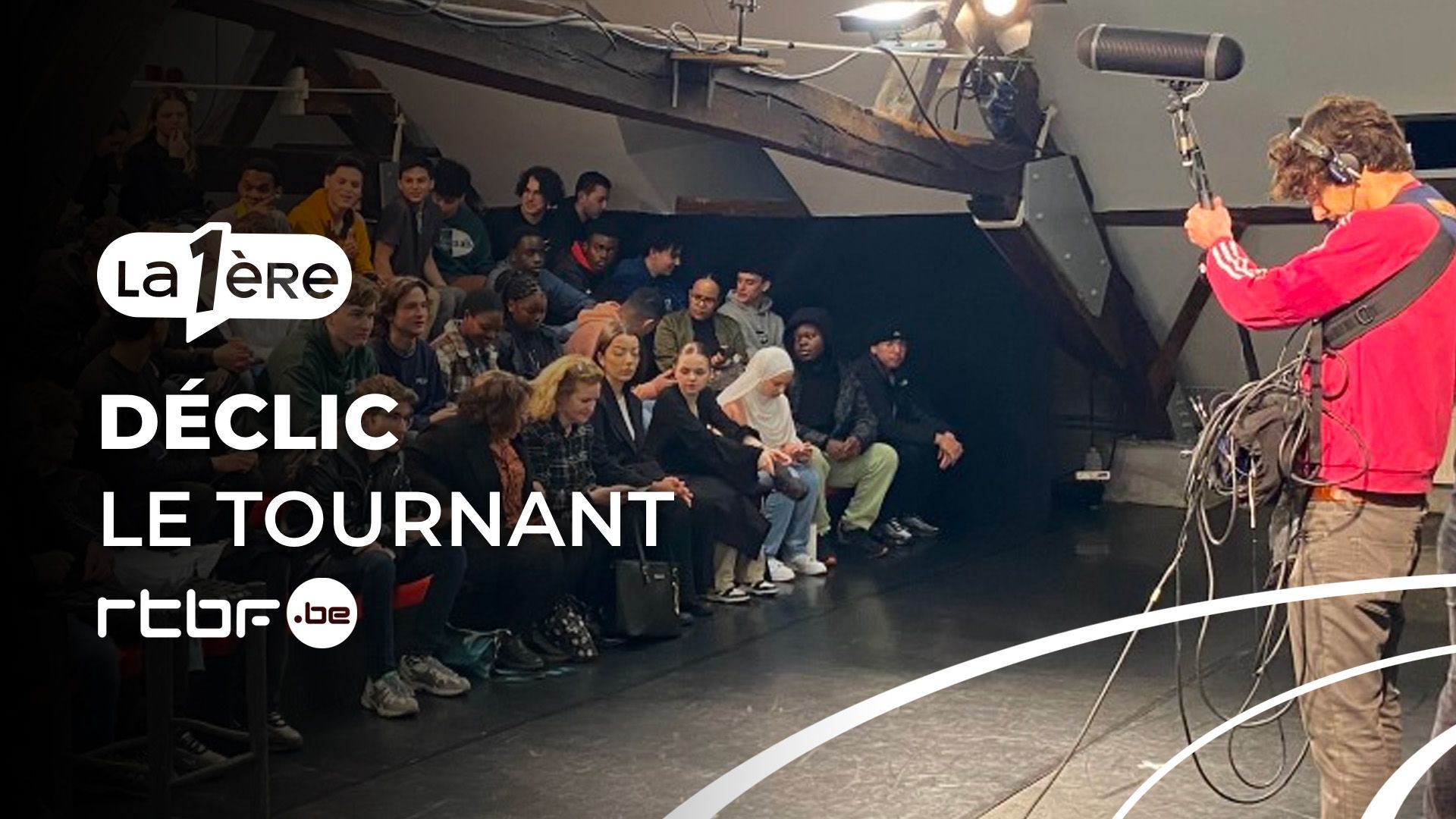Deconstructing The Hells Angels: A Critical Analysis

Table of Contents
Origins and Evolution of the Hells Angels
The Hells Angels' history begins in the post-World War II era, specifically in 1948 Fontana, California. This period saw a surge in motorcycle culture, with returning veterans seeking camaraderie and a sense of belonging. The early members, many of whom were ex-servicemen, established a foundation of rebelliousness and defiance that would define the club's identity. Their initial activities were largely centered around motorcycle riding and social gatherings, but this soon evolved into more serious ventures.
- Founding in 1948 in Fontana, California: This marked the genesis of what would become a global organization.
- Initial membership and their backgrounds: Primarily comprised of veterans seeking community and purpose.
- Key periods of growth and territorial expansion: The club's expansion across the United States and internationally involved significant conflicts with rival motorcycle gangs.
- Significant internal conflicts and power struggles: Internal disputes over leadership and territory were frequent, leading to violence and fragmentation.
- The evolution of their iconic imagery and symbolism: The death head logo, and other insignia, became powerful symbols of rebellion and defiance, solidifying their outlaw image.
The Hells Angels' evolution hasn't been a smooth ride. Territorial disputes with rival outlaw motorcycle gangs (OMGs), like the Mongols and Bandidos, have resulted in violent clashes and turf wars. Understanding this history is crucial to comprehending the organization’s current structure and activities.
The Structure and Hierarchy of the Hells Angels
The Hells Angels operate under a rigid, hierarchical structure, with a complex system of chapters and a strict code of conduct. This highly organized framework facilitates their criminal activities and ensures the maintenance of power. Membership is not easily attained; it demands a significant commitment and adherence to the club's rules and bylaws.
- The "1%er" patch and its significance: This patch proudly declares their status as outside the law, embracing the outlaw biker identity.
- The roles of different ranks within the club: From prospects (those seeking membership) to full-patch members, each rank carries specific responsibilities and privileges.
- The process of becoming a full-patch member (prospecting): This involves a rigorous period of proving loyalty and demonstrating commitment to the club's values.
- The importance of loyalty and obedience: Strict adherence to the club's rules is paramount for survival and advancement within the hierarchy.
- The internal governance structure and decision-making processes: Decisions are made through a complex system of internal meetings and consultations, often involving the leadership of individual chapters and the national leadership.
This rigid structure enables the Hells Angels to operate effectively, coordinate criminal activities, and maintain control over their vast network of chapters.
Criminal Activities and Involvement in Organized Crime
The Hells Angels' involvement in organized crime is well-documented. They are implicated in a wide range of illegal activities, generating significant revenue and power. Law enforcement agencies worldwide consider them a serious threat due to their sophisticated criminal networks and propensity for violence.
- Specific examples of major criminal operations: Drug trafficking, weapons trafficking, and money laundering are key sources of income.
- The methods used to launder money and evade authorities: Complex financial schemes and international networks are used to conceal their illicit gains.
- The role of violence in maintaining control and enforcing rules: Violence is frequently used to intimidate rivals, enforce internal discipline, and silence dissent.
- High-profile legal cases involving the Hells Angels: Numerous high-profile cases have exposed the club's criminal activities, resulting in convictions and seizures of assets.
- The economic impact of their criminal activities: Their criminal enterprises represent a significant drain on national and international economies.
Combating the Hells Angels' criminal activities requires a multi-pronged approach, involving international cooperation and sophisticated investigative techniques.
The Hells Angels' Culture, Symbolism, and Public Image
The Hells Angels cultivate a distinct culture characterized by rebellion, loyalty, and a strong sense of brotherhood. Their imagery, including the iconic death head logo and elaborate tattoos, plays a significant role in their identity and public image.
- The significance of the death head logo and other symbols: These symbols represent defiance, rebellion, and a rejection of mainstream society.
- The meaning and importance of Hells Angels tattoos: Tattoos serve as markers of rank, history, and commitment within the club.
- The role of motorcycle riding in their identity and culture: Motorcycle riding is integral to their identity, representing freedom, rebellion, and a shared passion.
- Media representations – fact versus fiction: The media has often portrayed the Hells Angels in a sensationalized manner, blurring the lines between reality and fiction.
- Public perceptions and societal attitudes towards the Hells Angels: Public perception is largely negative, associating the club with violence, crime, and a dangerous lifestyle.
The Hells Angels' carefully cultivated image, reinforced by media portrayals and their own deliberate actions, contributes to their mystique and enduring public fascination.
Conclusion
Deconstructing the Hells Angels reveals a complex organization with a rich, albeit controversial, history. From their post-war origins to their current global presence, the club's activities have significantly impacted society, raising serious questions about organized crime, law enforcement, and public perception. Understanding their structure, operations, and cultural significance is crucial for comprehending the enduring allure and enduring challenge posed by the Hells Angels Motorcycle Club. Further research into the Hells Angels, and similar outlaw motorcycle gangs, is essential to fully grasp the dynamics of organized crime and its effects on communities worldwide. Continue your exploration of this fascinating and complex topic by researching specific cases, legal battles, and the ever-evolving cultural landscape surrounding the Hells Angels motorcycle club.

Featured Posts
-
 Dossier Du Nouveau Siege Rtbf La Ministre Galant Reclame Tous Les Documents
May 26, 2025
Dossier Du Nouveau Siege Rtbf La Ministre Galant Reclame Tous Les Documents
May 26, 2025 -
 La Liga Dramasi Hakem Taklasi Ve Atletico Madrid In Kaybi
May 26, 2025
La Liga Dramasi Hakem Taklasi Ve Atletico Madrid In Kaybi
May 26, 2025 -
 Pobediteli 47 Go Moskovskogo Mezhdunarodnogo Kinofestivalya
May 26, 2025
Pobediteli 47 Go Moskovskogo Mezhdunarodnogo Kinofestivalya
May 26, 2025 -
 Nonton Balapan Moto Gp Argentina 2025 Link Live Streaming Dini Hari
May 26, 2025
Nonton Balapan Moto Gp Argentina 2025 Link Live Streaming Dini Hari
May 26, 2025 -
 Le Sort Des Anciens Locaux De La Rtbf Au Palais Des Congres De Liege
May 26, 2025
Le Sort Des Anciens Locaux De La Rtbf Au Palais Des Congres De Liege
May 26, 2025
